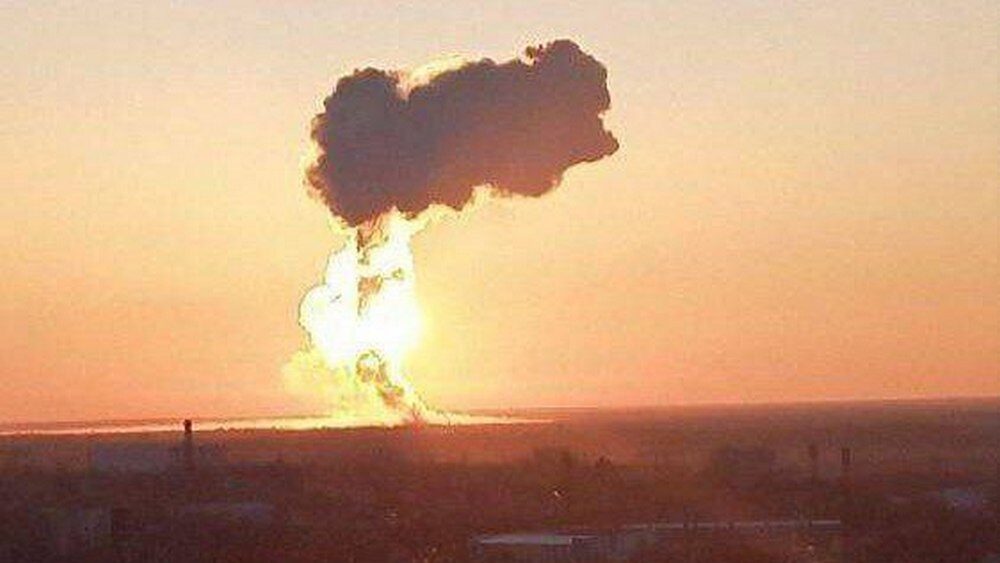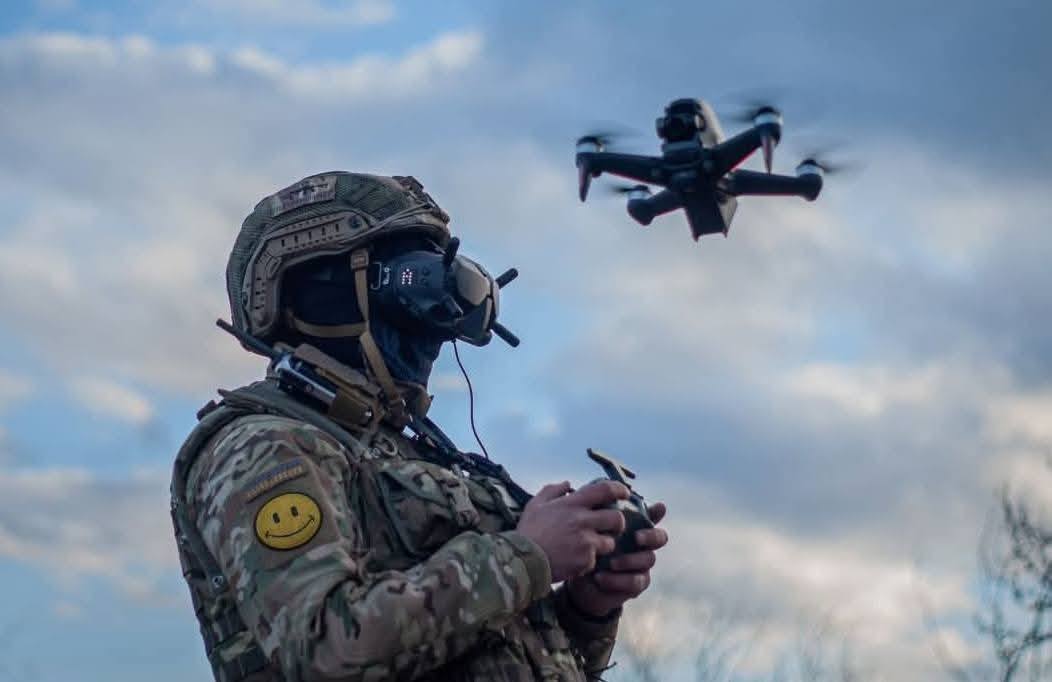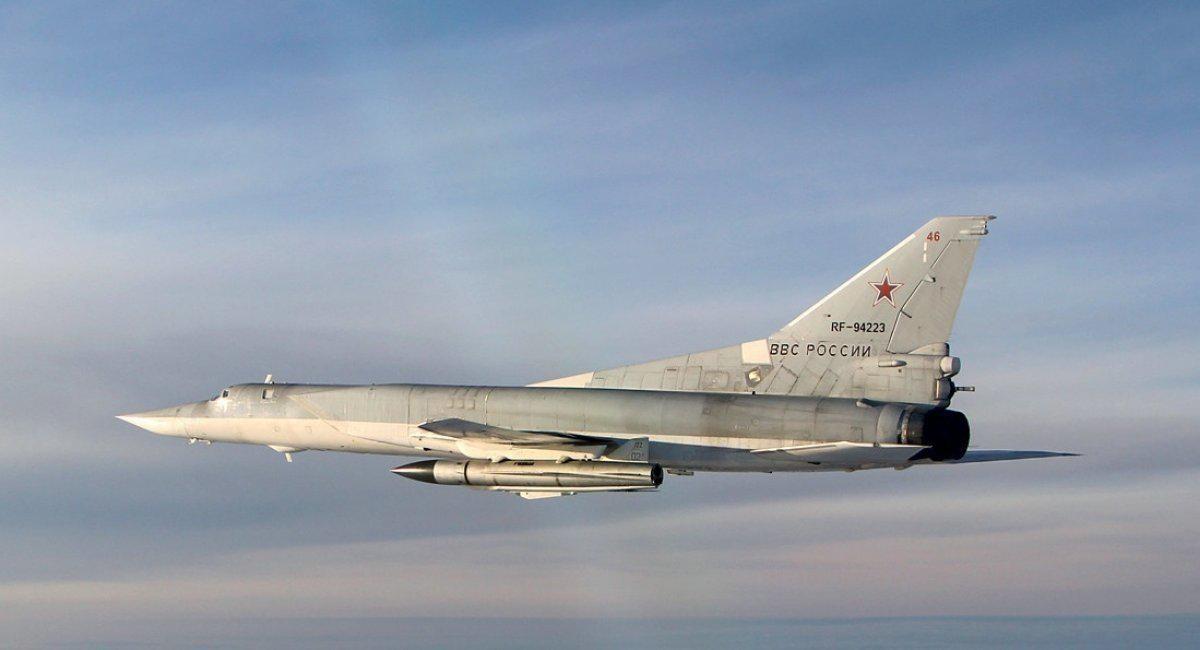A special series by defense journalist David Axe, exploring how Ukraine can win the war against Russia through technological innovation. Previous series:
- How Ukraine can win, p.1. Swarms of dirt-cheap drones decimate Putin’s armor
On 22 June 2022, four months after a powerful Russian force rolled east across Ukraine, widening Russia’s war on Ukraine, the Ukrainians took the war to Russia. A pair of explosives-laden long-range drones motored at least 160 kilometers from free Ukraine and struck the oil refinery in Novoshakhtinsk, in Rostov Oblast in western Russia.
The blasts inflicted only minor damage. But they signaled what would, more than two years later, become a main effort in Ukraine’s war strategy: using drone warfare to target Russia’s economic backbone.
Ukrainian drone strikes on Russian oil refineries in late 2024 and early 2025 depressed Russia’s production of petroleum products—most importantly, gasoline—by as much as 10%, with cascading effects on Russian military logistics and exports.
“These cascading effects, which erode Russia’s economic resilience, increase operational costs and expose vulnerabilities in its energy-dependent war economy,” said Olena Lapenko, general manager on security and resilience at the DiXi Group think tank in Kyiv.
Long-range drones inflicting “systemic stress” on Russia
Most importantly, they’re a proof of concept. With a growing stable of bomb-dropping or self-exploding Ukrainian long-range attack drones capable of reliably traveling as far as 1,600 kilometers inside Russia, Ukraine can hold at risk the most important machinery of Russia’s wartime economy.
The Ukrainians can hit the Russians where it really hurts and inflict what Lapenko called “systemic stress” on the Russian oil industry. As more of Ukraine’s drone strikes on Russia were launched starting last fall, Russian leaders panicked.
In March, they agreed to halt strikes on Ukrainian power plants if the Ukrainians would halt strikes on Russian refineries.

Ukrainian partisans knock out Russian energy infrastructure 1,100km from Kyiv, disrupt oil refinery operations
The energy moratorium and its implications
The 18 March moratorium on energy attacks, which both sides more or less respected, expired a month later on 18 April. But weeks later, neither side had resumed attacks on the other’s energy infrastructure. In a war defined by wanton Russian aggression, the Russians have been compelled to exercise at least some restraint—because they know Ukraine’s long-range kamikaze drones can wreak havoc on a $189 billion industry.
As US envoys from the administration of Pres. Donald Trump grow increasingly frustrated in their often-clumsy attempts to broker a lasting peace in Ukraine, the fighting along the front line has raged unabated except for a brief ceasefire around Easter. And the Russian bombardment of Ukrainian cities never paused at all.
If talks finally collapse, the tenuous energy detente may collapse, too. And that would free up Ukraine’s drone strike force to attack more widely, more frequently, and more destructively—with potentially major impact on the overall course of the wider war.
Ukraine’s unrestrained drone capability under Trump
When Joe Biden was the US president and directed substantial quantities of military aid to Ukraine, Ukrainian leaders respected Biden’s main condition for the aid: that they not strike too hard inside Russia and risk provoking the nuclear power.
Now that Trump is the president and largely withholding significant aid, there’s no one in Washington, D.C. the Ukrainians really need to appease.
“I don’t think the Ukrainians are waiting on permission now,” said Ben Hodges, a retired general who commanded US Army forces in Europe from 2014 to 2017. Absent a mutual energy ceasefire, there’s a willingness in Kyiv to hit Russian refineries—and hit them hard.

Deep strike force: Ukraine’s drone warfare revolution
Lacking the scores of heavy manned bombers and thousands of long-range cruise missiles that Russia uses to strike Ukrainian cities, the Ukrainian armed forces turned to Ukraine’s small but innovative robotics firms—and its equally diminutive but well-respected light aircraft industry for their drone warfare strategy.
Companies such as Kyiv-based Ukrspecsystems quickly developed simple and inexpensive—but reliable and easily upgraded—Ukrainian long-range attack drones. Plane-maker Aeroprakt, also in Kyiv, adapted its one-person A-22 turboprop sportplane into an 800-mile-range kamikaze drone by adding remote controls, autonomous navigation and a large explosive payload.
Ukrainian air force Sukhoi Su-24 medium bombers firing British- and French-made cruise missiles, as well as air force batteries firing S-200 ballistic missiles (old Soviet air-defense missiles tweaked for surface strikes) and navy batteries firing locally-made Neptune cruise missiles, bolstered the fast-growing Ukraine drone strike force.
Exploiting gaps in Russian air defenses—or creating the gaps by striking radars and missile batteries—the deep-strike force has been hitting Russian anchorages, air bases, supply depots, and industrial and research sites.
Escalation of Ukraine’s drone strikes inside Russian territory
The Ukraine drone warfare campaign steeply escalated late last year.
“Between September of 2024 and February of 2025, Ukraine has shown growing consistency in both the scale and effectiveness of its strikes deep inside Russia, employing a wider range of weaponry,” Ukrainian analysis group Frontelligence Insight explained in a March report.
Last year, the Ukraine war drone attacks focused on munitions depots—with sometimes dramatic effect.
“September 2024 stands out as the most successful month, marked by direct hits on some of Russia’s largest ammunition depots in its western regions: key stockpiles that had sustained frontline operations since 2022,” Frontelligence Insight reported.
The drone attack on the Toropets ammunition dump on 17 September triggered powerful secondary explosions that registered as a small earthquake and sparked blazes over an area of several square miles, “dealing a tangible blow to Russian logistics and frontline supply chains,” according to the analysis group.
Overall, however, the raids on Russian arms depots didn’t have much measurable effect on the front line.
Even when a Ukrainian drone strike on Russia triggers an impressive explosion, occasionally captured on video by startled civilians who then post the footage online, it may “leave overall functionality intact” at a given facility, Frontelligence Insight explained.
And besides, even deprived of some ammo shipments, Russian regiments outnumber and outgun Ukrainian brigades along the front line.
“Long-range strikes were an important piece of the puzzle, affecting how Russian forces operate, but by themselves were not decisive, and could not solve the challenges observed on the modern battlefield,” noted Michael Kofman, a senior fellow in the Russia and Eurasia Program at the Carnegie Endowment for International Peace in Washington, D.C.

Target shift: From ammunition to Russia’s oil industry
Ukrainian planners came to the same conclusion as 2024 ground toward 2025. “The strikes gradually shifted to oil or gas storage facilities and oil and gas refineries,” Frontelligence Insight observed. “In January, two-thirds of all verified Ukraine drone strikes on Russia were directed at them.”
There was a cold logic behind the shift. For starters, there are plenty of refineries and oil and fuel storage sites and pipeline pumping stations within easy reach of Ukraine’s 1,000-mile deep-strike force. And where the Russian munitions industry and its supporting logistical networks are robust, the Russia oil industry is fragile.
Pre-moratorium strikes on refineries “slowed down Russia’s ability to supply oil products to the front line,” explained Aura Sabadus, an energy expert with the Center for European Policy Analysis in Washington, D.C.
“By the end of February this year, Ukraine had managed to knock out around 10% of refining capacity,” Sabadus said. “Even though Russia is working to repair these facilities, it takes weeks/months to bring them back to operational capacity.”

No aid? No problem. Ukraine’s engineers hit Russia 7,000 times with homegrown tech
Russia mitigated these shortages by banning gasoline exports between 1 March 2024 and 31 January this year, heading off domestic shortages at the cost of revenue. At the same time, Russian oil firms began selling more crude oil.
This kept tankers from going idle, but further depressed revenue owing to the lower cost of the crude compared to gasoline and other refined products.
In the end, Ukraine’s drone strikes on Russian oil refineries between September and mid-February cost the Russian economy between $658 million and $863 million, Frontelligence Insight calculated. While that might seem like a lot, Russia’s total revenue from the export of petroleum and related products totaled $189 billion last year.
So far, the damage is measurable but hardly decisive.
Future strategy: Targeting critical cracking units
That could change, however. If and when the de facto moratorium finally ends and the refinery raids resume, a small change in tactics could significantly raise the cost to Russia. “To enhance the effect of the strikes, Ukrainian troops should conduct regular attacks on large unique cracking units at modern Russian refineries,” Frontelligence Insight advised.
Cracking units are complex systems that break down crude oil. Precision-milled in Germany and other Western countries, the units are delicate and expensive.
They’re hard for the Russians to repair, and even harder for them to replace under the current sanctions.
Six months of refinery raids inflicted only minor damage. But they proved that a systematic assault on a central node in the Russian economy is possible—and that Ukrainian long-range kamikaze drones are capable of sustaining the assault. The raids “have strategic value,” said Mitchell Orenstein, a professor of Russian and East European studies at University of Pennsylvania.

Ukraine can’t shoot down all of Russia’s missiles. So they’re blowing them up before launch.
Bringing the war home to Russians
A sustained Ukraine drone warfare campaign could even hurt the Kremlin politically. Even as 800,000 of their countrymen have been killed or maimed in Ukraine, everyday Russians remain broadly supportive of the war—in part because the booming Russian war economy, fueled by a growing federal budget deficit, has kept wages up and unemployment low.
“All told, Russia’s defense budget will account for 40% of all government expenditures, which is at its highest level since the Cold War,” Gen. Christopher Cavoli, commander of US Army forces in Europe, told US lawmakers on 3 April. By comparison, the US federal government spends 13% of its budget on the military.
A sharp increase in gasoline prices, driven by a wider campaign of Ukrainian long-range drone attacks targeting Russian oil refineries, could—according to Lapenko—have the effect of “signaling to Russians the war’s domestic costs.”
“They could experience first-hand the reality of war,” Sabadus said.
Help us launch the David vs. Goliath defense blog to amplify Ukraine’s drone revolution
The $500 Ukrainian drones dismantling Russia’s war machine deserve global visibility. Our upcoming platform will connect these ingenious Ukrainian engineers with expertise, components, and funding they urgently need. From FPV drone workshops to next-generation defense startups, we’ll help accelerate the innovations that are changing modern warfare.
Become a Patron – Help us show the world how Ukrainian ingenuity turns the tide of war.





